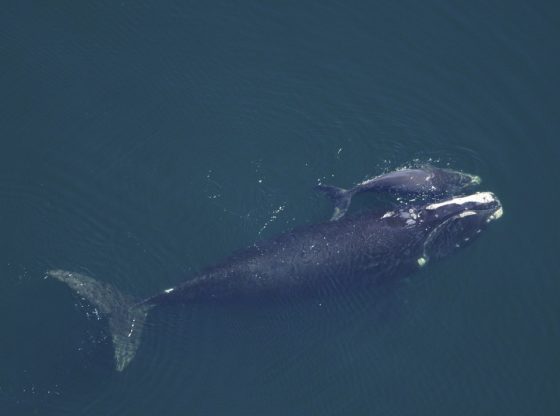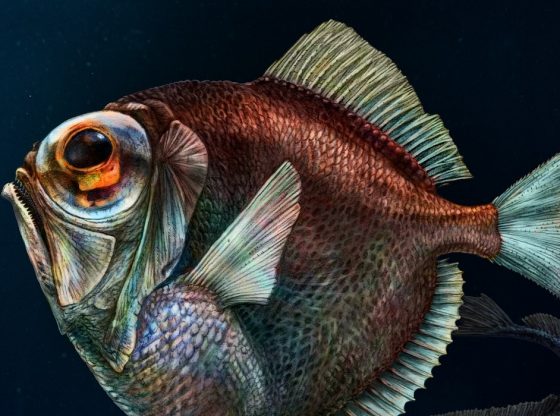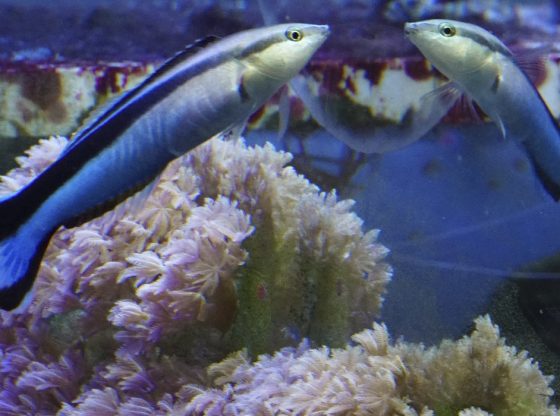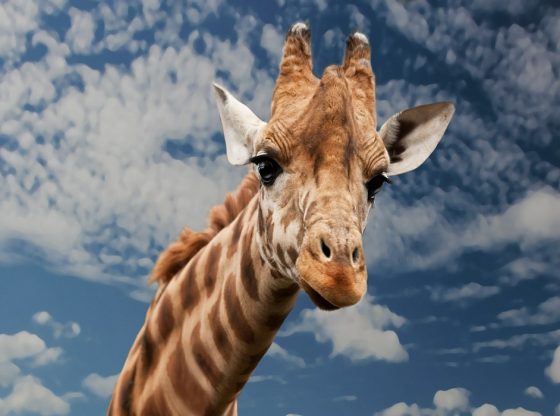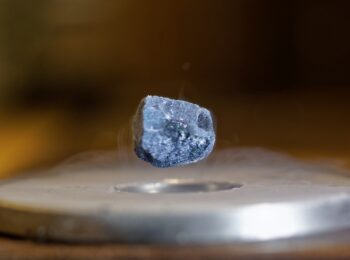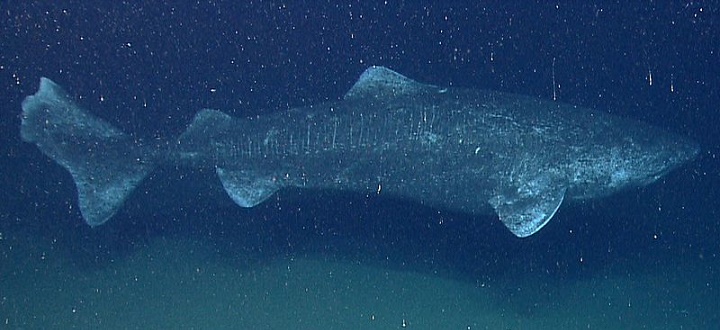
A shark species that lives in the dark cold waters of the Northern Atlantic can become as old as 400 years – or maybe even 500 years – according to a new study.
Some of the oldest Greenland sharks alive today might have been babies when a little ship called The Santa María was sailing across the Atlantic towards the New World.
Oldest Vertebrates On The Planet?
That some sea dwelling animals can become very old is known. The ocean quahog (Arctica islandica), a shellfish, can become up to 500 years. As researchers have been able to establish via examination of their “growth rings”. The little fish ‘orange roughy’ is thought to be up to 150 years and the giant tortoises can probably become a bit over 200.
Bowhead whales are known to be among the longest-living mammals – The Genes of Bowhead Whales may Unlock Secrets to Long Life – living for over 200 years. In May 2007, a 15 m (49 ft) specimen was caught off the Alaskan coast, it was then discovered that the head of an explosive harpoon was embedded deep under its neck blubber. The 3.5-inch (89 mm) arrow-shaped projectile was manufactured in New Bedford, Massachusetts, a major whaling center, around 1890, suggesting the animal may have survived a similar hunt more than a century ago.
But in terms of aging vertebrates – the Greenland shark is in a class of its own. The sharks grow to 6.4 m (21 ft) and 1,000 kg (2,200 lb), but most observed have been around 2.44–4.8 m (8.0–15.7 ft) long and weigh up to 400 kg (880 lb). It lives and hunts at a depth of several hundred meters in the North Atlantic. The shark is not considered dangerous to humans, though Inuit legends of this species mention them attacking kayaks.
Radiocarbon Dating Eyelids

A recent study published today in Science in which a team of researchers analyzed 28 female Greenland sharks, determined that the oldest individual lived to be somewhere between 272 and 512 years of age. Most likely, she was 390 years when a research vessel accidentally hauled her up.
The researchers stress however that this figure is uncertain and the margin of error is 120 years upwards or downwards. The scientists was able to determine their age by radiocarbon dating the lens of their eyes. This structure is composed of transparent cells filled with inert crystallized proteins, layers of glassy cells accumulate on the lid throughout the shark’s life.
These proteins contain a fixed amount of Carbon-14, a radioactive isotope of Carbon that decays at a known rate. For the last few hundred years before 1960, when nuclear bomb tests doubled the amount of Carbon-14 in the atmosphere, that level remained relatively consistent. The researchers measured the amount of radioactive carbon in relation to the shark’s length and then counted backward.
A Greenland shark reaches maturity at about 150 years of age according to these calculations. Therefore, these endangered animals are particularly susceptible as there is a good chance that any female shark has not had time to get baby sharks yet as they reproduce slower than a human lifespan.
‘Cure’ To Aging?
These sharks are cold-blooded and live a quiet life in the cold with a slow metabolism that runs at a low rate, even for a deep-sea animal. Life is slow and that this is probably a good reason to why they can become so old.
But there is probably more to it than that. Just as the Bowhead Whales, the genes of the Greenland shark may explain and hold the key to its extraordinary old age.
It is apparently capable of avoiding or delaying age-related diseases such as cancer or neurological disorders, for far longer time periods than humans are even capable of living.
Future research might examine the genome of this shark species and just as for the Bowhead whales – it probably contains answers to why this extraordinary animal can live exceptionally long lives.
_____________
Nielsen, Julius, et al. Eye Lens radiocarbon Reveals centuries of longevity in the Greenland shark (Somniosus microcephalus). Science 13 August 2016.
__________________________


